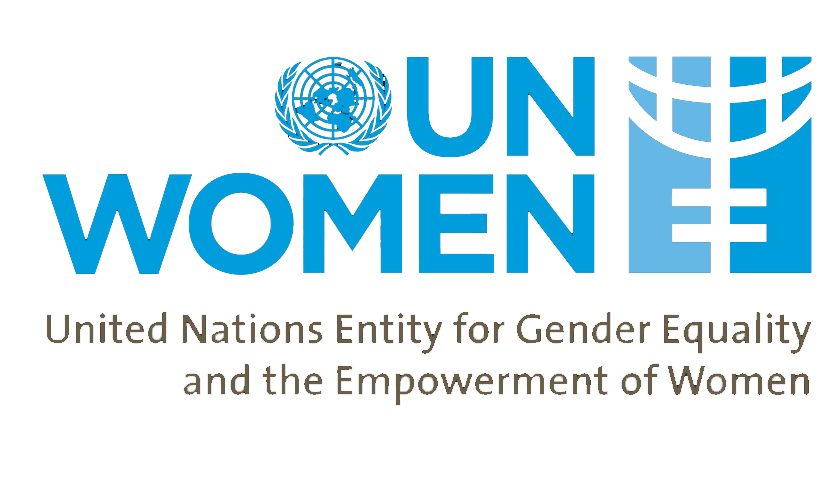For International Women’s Day on March 8, iStock has unveiled a series of tips to help SMBs meaningfully depict diversity, encouraging them to intentionally and authentically portray women across age, race and cultural lines in their marketing and advertising campaigns for their benefit, and the benefit of women everywhere.
According to Visual GPS, an in-house iStock research initiative, nearly 1 in 2 female consumers expect a company to demonstrate consistent commitment to inclusivity and diversity in its advertising and communications. Furthermore, nearly 8 in 10 women globally agree, it is important for them to buy from companies that celebrate diversity of all kinds.
“Our research clearly shows that female customers want to see diversity and inclusion in the visuals and brand communications that surround them,” said Dr. Rebecca Swift, Global Head of Creative Insights, iStock. “It also shows that they respond positively and in-kind, supporting brands that emphasize diversity and inclusion via their spending power.”
Fortunately, SMBs and brands seem to be taking the “hint.” Swift is pleased to say that diverse visuals are increasingly in demand, as evidence by the fact that the top three selling images of women on iStock for 2020 each featured women from diverse ethnical backgrounds, specifically a Black woman, an Asian woman and an Indian woman.
“It’s refreshing to see that brands and businesses are now recognizing that they can better reach and connect with consumers when they choose visuals which authentically reflect the diversity of the world around us—In other words, when they mirror our friends, colleagues, neighbors and loved ones back to us,” Swift said.
For SMBs seeking to build confidence with their audience(s), Swift outlined three tips they should keep in mind when selecting inclusive visuals this International Women’s Day:
Keep it real and avoid tokenism—Demonstrate true intersectionality of experiences and perspectives, drawing inspiration from the audiences you’re targeting.
- Ask yourself: Are you using stereotypes to represent women of diverse ethnicities? Are you avoiding stereotypes in terms of setting, behavior, clothing, etc.?
Represent age and body type in an authentic way—Be inclusive of people over the age of 50 by showcasing real depictions of older women living full and meaningful lives. Furthermore, forge greater connections with your audience by going beyond normative, traditional depictions of body types and abilities.
- Ask yourself: Are you showing women over 50 (up to 100!) as content, active and fulfilled?
- Ask yourself: Are you representing women with larger bodies? Shorter bodies? Women with physical disability? Furthermore, are you selecting imagery that showcases women living full lives?
Stay away from visual stereotypes based on gender—Stereotypes around gender remain ingrained in cultures worldwide and are as damaging today as decades ago. Make sure you proactively taking steps to counteract them by choosing visuals that buck gender clichés and represent the nuanced, varied realities of women and female-identifying individuals everywhere.
- Ask yourself: Are the roles depicted in the imagery you choose equally attributable to women and men? (i.e. who is serving as the caregiver, who holds the perceived “power” in the image, what jobs or functions are they doing?)
To search empowering imagery and footage that promotes realness and celebrates our unique differences, visit: https://www.istockphoto.com/diversity



